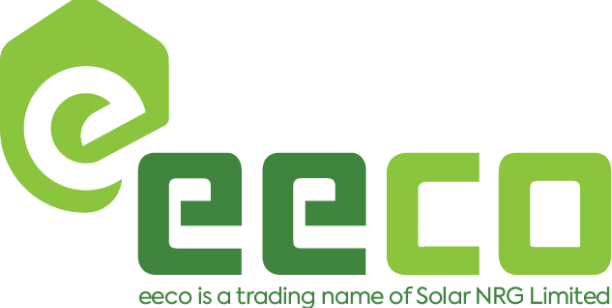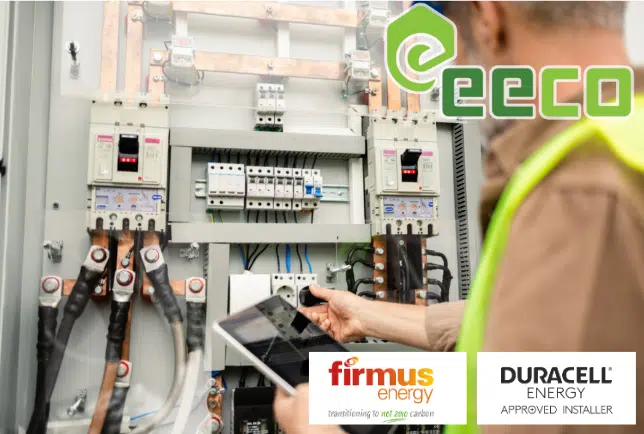A typical home solar system consists of several components that work together to generate electricity from sunlight. Here are the key components of a home solar system:
Solar Panels (Photovoltaic Modules):
Solar panels are the most visible part of a solar system and are responsible for converting sunlight into electricity. These panels are made up of multiple solar cells that capture sunlight and generate a direct current (DC) electrical output.
Mounting Structure:
Solar panels are mounted on a structure, such as a roof or ground-mounted rack, to ensure they are securely positioned and angled to receive maximum sunlight exposure throughout the day.
Inverter:
The DC electricity produced by the solar panels needs to be converted into usable alternating current (AC) electricity for home appliances. This is done by the inverter. Inverters convert the DC power into AC power that can be used in the home or exported to the grid.
Charge Controller (Optional):
In off-grid or battery backup systems, a charge controller is used to regulate the flow of electricity from the solar panels to the batteries. It helps prevent overcharging and extends the lifespan of the batteries.
Battery Bank (Optional):
If the solar system includes energy storage for backup power or off-grid use, a battery bank is used to store excess electricity. The excess electricity generated by the solar panels is used during times when sunlight is not available.
Monitoring System:
Many solar systems come with monitoring tools that allow homeowners to track the performance of their solar panels, monitor energy production, and identify any issues with the system.
Electrical Wiring and Components:
The solar panels, inverter, and other components are connected through electrical wiring. This ensures proper flow of electricity within the system and to the home’s electrical panel.
Grid Connection (Grid-tied Systems):
In grid-tied solar systems, the home is connected to the utility grid. This allows excess electricity generated by the solar panels to be exported to the grid for credits or compensation.
Disconnect Switches and Breakers:
Safety components like disconnect switches and breakers are installed to ensure the solar system can be shut off due to maintenance or emergencies.
These components work together to convert solar energy it into usable electricity, and provide clean, sustainable power for residential properties. The specific components and configuration of a home solar system may vary depending on factors like system size, energy requirements, and installation preferences.
For more information on solar panels for your home or business, contact us on 028 9592 2730 or email hello@eeco.energy


